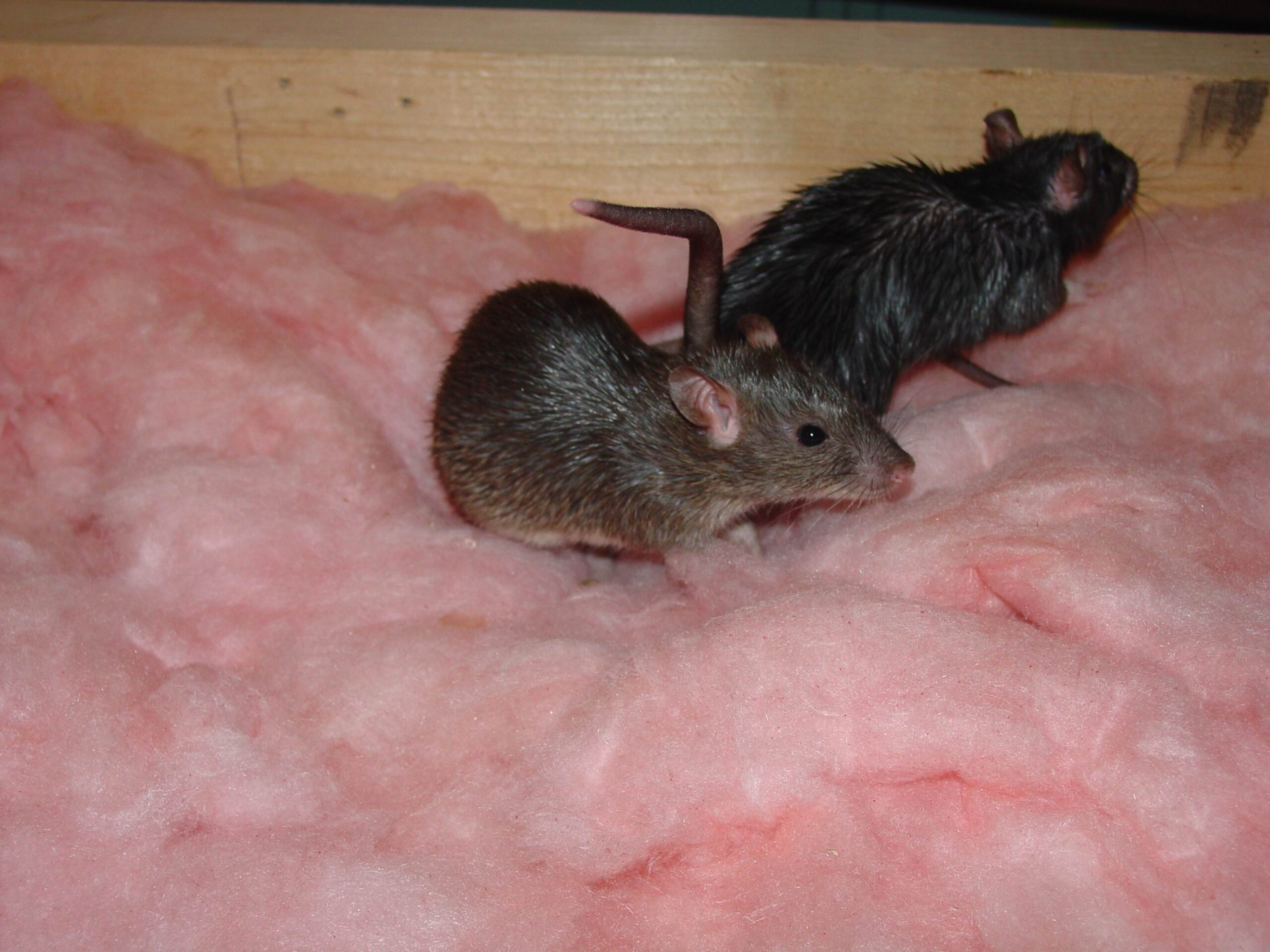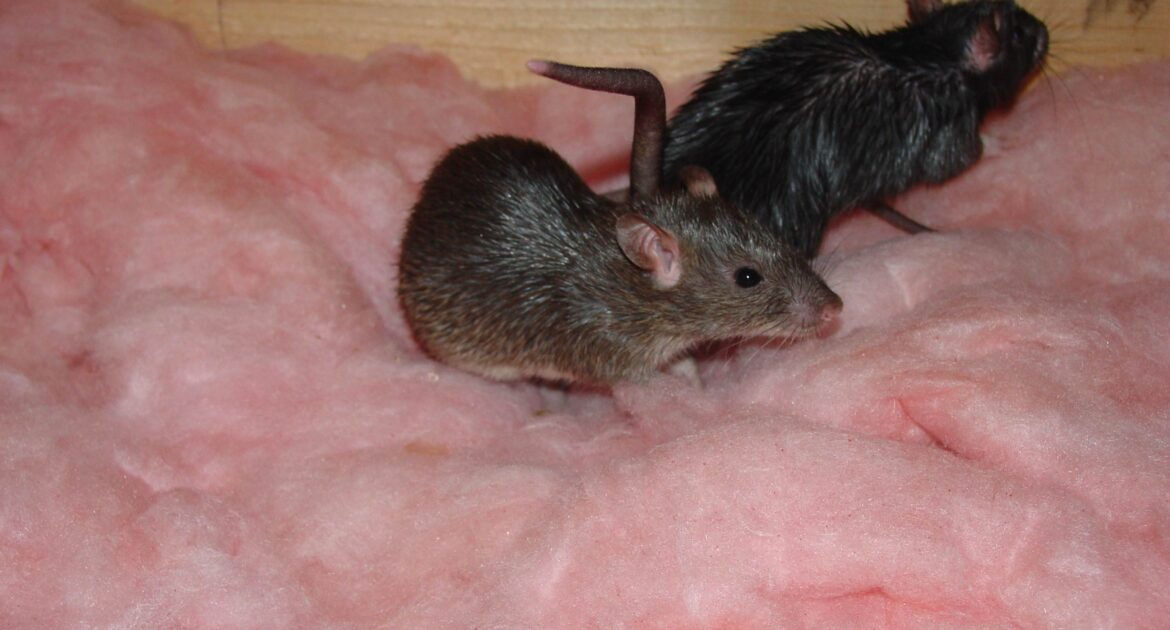One of the disconcerting things about a rat infestation is that because rodents are nocturnal, they could be in your house and you may not actually see them. While they may leave signs behind of their presence, rats usually confine themselves to a particular area of your home, such as the attic. However, while the attic may be warm and cozy for them in the winter, it may be too hot for them in the summer. Rats may have to move out of a hot attic in the summer, but that doesn’t necessarily mean that they will leave your house entirely. Therefore, you may still need professional rat removal.
How Hot Is Too Hot for Rats?
Small mammals such as rats do not have a high tolerance for heat. It has to do with the ratio of their surface area to body mass. Animals such as rats that have a surface area in higher proportion to their body mass tend to have a low tolerance for heat. Another reason why rats don’t tolerate heat well is that they only have sweat glands on their paws, so they can’t cool their bodies that way. Rats aren’t adapted to withstand high heat because they are mostly active at night when temperatures tend to be lower.
As a result, rats have a lower tolerance for heat than humans do. For example, a temperature of 104 degrees Fahrenheit would be uncomfortable and possibly dangerous for a human, but it would be deadly for a rat. If the temperature was 98 degrees Fahrenheit, a rat would start showing signs of distress and wouldn’t be able to tolerate it for more than 30 minutes. The ideal temperature range for a rat is between 60 and 70 degrees Fahrenheit, and anything over 90 degrees would certainly be uncomfortable.
What Do Rats Do When They Get Too Hot?
In the summer, the temperature in an unfinished attic can get up to 160 degrees Fahrenheit, well above the limit that a rat can tolerate. However, if the rat has access to water, it can cool itself by circulating it over its body. It might be possible for the rat to cool itself enough to stay in the attic.
If the temperature gets too hot and there is no water available, the rat may have to move out of the attic. However, that doesn’t necessarily mean that it will leave your house; it may just move to a cooler area until it feels comfortable returning to the attic.
How Do You Know If There Are Rats in Your Home?
Rats are nocturnal, small, and adept at hiding and evading potential predators, all of which means that you could have an infestation without ever seeing a single rodent. Nevertheless, rats may leave behind clues of their presence:
- Droppings
- Nesting materials, e.g., shredded paper or fabric
- Teeth marks on furniture
- Holes in walls
- Damage to food containers, especially cardboard boxes
- Stale smells, usually from inside cabinets or behind furniture
What Does Skedaddle’s Method of Rat Removal Look Like?
Our process of professional wildlife control in Kitchener consists of several steps. First, we perform an assessment to diagnose the problem. Then we provide a written quote. We remove the animals from your home without harming them and allow the mothers to reunite with their babies outside.
The next step is to decontaminate where the animals have been. This is especially important with rats and other rodents that can spread hantavirus, a dangerous respiratory pathogen, through their urine. Finally, we identify and seal possible entry points to prevent the rodents from coming back and any other animals from getting in.
At best, do-it-yourself methods of rodent control are ineffective. At worst, they are dangerous to you and your household, including pets. Learn more about how humane wildlife control by Skedaddle benefits everyone.





